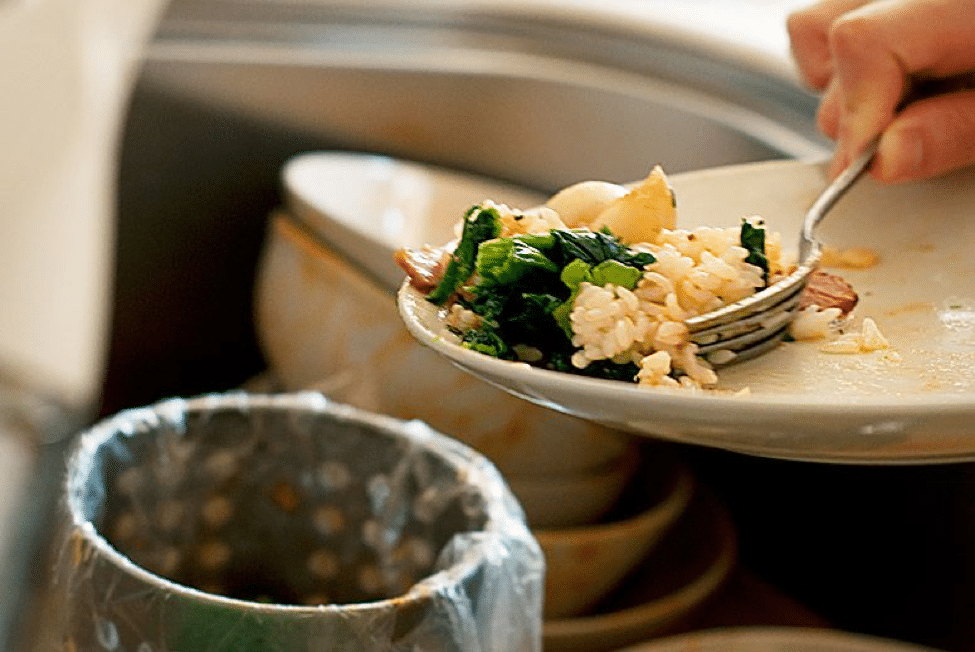According to the Food and Agricultural Organization of the United Nations (FAO), over ⅓ off all food produced globally for human consumption gets lost or wasted each year.
That comes out to a whopping $680 billions dollars of loss for developed nations and approximately $310 billion dollars of loss for developing countries. If these statistics were surprising, there’s even more. Among the types of food that are more commonly wasted, fruits and vegetables take first place, followed by root crops like tubers.
Clearly, all the food that gets wasted or lost every year can most definitely kill starvation.
In fact, the FAO states that if the only ¼ of the food wasted could be salvaged, it could feed over 870 million hungry people. Convinced that food waste is a problem? Try reducing the amount of waste that’s dumped in landfills by following these 4 easy steps.
1. Plan before you shop
Making a list before you hit the grocery store will help you not only save money but eat healthier. Base your list on a number of meals you’ll actually eat at home. If you’re planning to eat out with your friends or buy food at a restaurant, buy less food for the week.
2. Store your fruits and vegetables properly.
Once you come home from the grocery store, find time to wash, chop, slice and store those fruits and veggies for easy access. Make sure that your fruits aren’t near each other. Keeping your fruits in different containers will prevent spoiled food from accelerating the ripening of other nearby fruits and veggies. This is due in part to a gas released by fruits called ethylene, which promotes ripening.
3. Compost
Composting is quite easy. It’ll also reduce the amount of food that’s dumped in landfills. Less food waste in landfills equals less methane released into the atmosphere. The perfect compost has an equal mixture of “browns” and “greens” and water. Brown matter consists of material like twigs, dead leaves, and branches. Green matter consists of vegetable waste, fruit scraps, and coffee grounds. To top it off, water allows the compost to develop properly. If you have a mix of both of these colors and a sufficient amount of water, you’ll have the perfect compost ready within two to five weeks. If you’re interested in learning more about composting at home, we found this great resource
4. Donate to your food pantry
Starvation isn’t something that’s limited to third world countries. There are hungry people everywhere and your unused food items can benefit these people tremendously. Find your local food pantry and donate your leftover food items so that you can make a difference! Use sites like Feeding America to find your nearest food bank so that you can start donating today!

